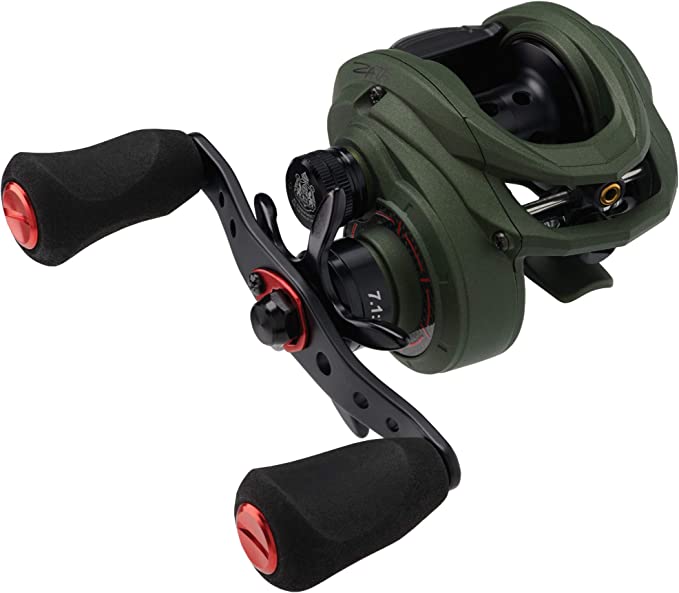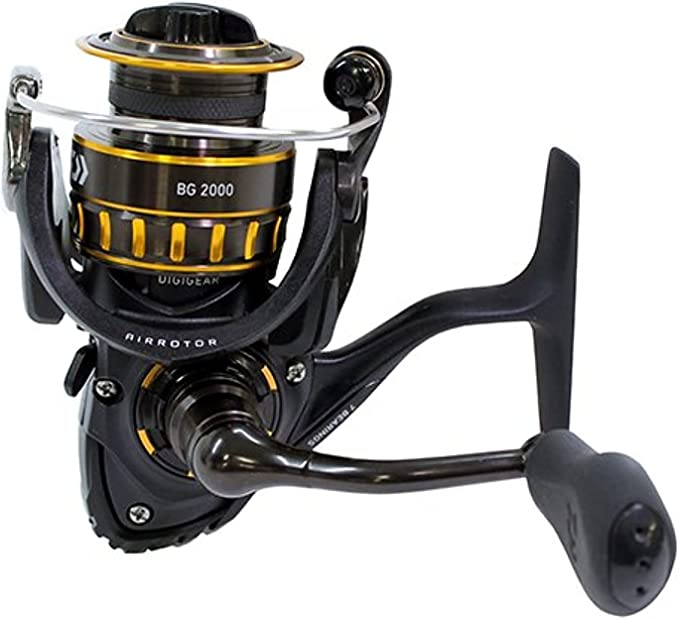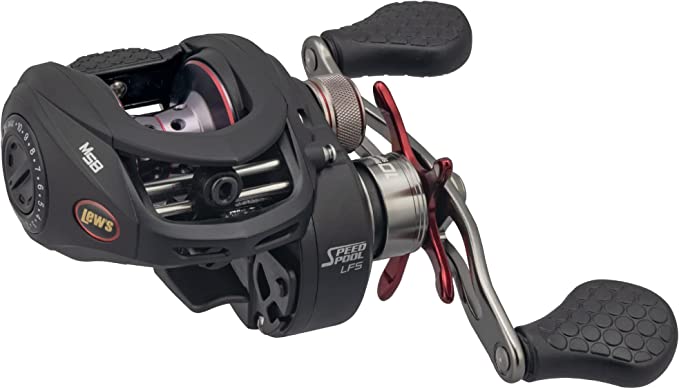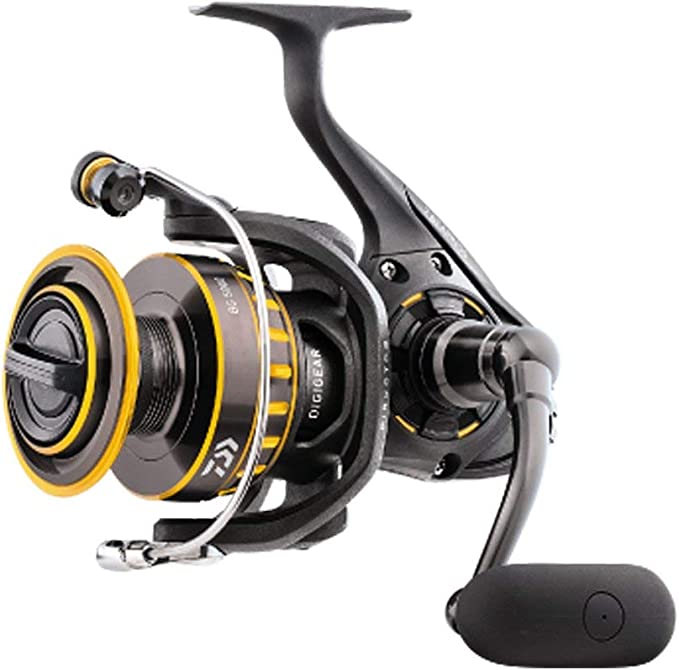The Engineer's Cut: Unpacking the Science of the PENN Fathom II Star Drag Reel
Update on Aug. 1, 2025, 3:29 p.m.
There’s a moment in saltwater angling that every serious fisherman understands. It’s not just the violent strike or the initial, blistering run. It’s the prolonged, grinding battle of wills that follows. It’s you, your tackle, and a creature of immense power, all pitted against an environment that actively tries to destroy your equipment with corrosive salt and immense physical force. In these moments, you don’t want a toy. You want a machine.
As an engineer who has spent decades admiring elegant solutions to complex problems, and as an angler who has felt the heartbreak of gear failure, I’ve come to appreciate that the finest tools are born from a deep understanding of the challenges they will face. The PENN Fathom II Star Drag reel is a remarkable piece of this purpose-driven engineering. It’s a direct descendant of a legacy that began in 1932, built on the principle that gear should not just survive the battle, but dominate it. Let’s pull back the sideplate and explore the science that makes this reel a titan in its class.
The Unyielding Backbone – Resisting the Twist
The first principle of any powerful machine is a rigid foundation. When you are fighting a powerful fish, the torque generated attempts to twist the entire reel. This phenomenon, known as “frame-flex,” is the silent killer of performance. Even a millimeter of distortion can cause the internal gears to misalign, leading to a gritty retrieve, a dramatic loss of cranking power, and ultimately, catastrophic wear.
The Fathom II’s defense against this is absolute: a full metal body and sideplates. This isn’t an aesthetic choice; it’s a fundamental engineering decision. The aluminum frame acts as a rigid chassis, an unyielding backbone that maintains perfect gear alignment under the heaviest loads. It ensures that every ounce of energy you apply to the stainless steel handle is transferred directly into the drivetrain, with nothing lost to structural weakness. This solid platform is the basis for every other performance feature the reel possesses.
The Heart of Power – A Tale of Two Metals
Deep within the Fathom II lies its heart: the main gear and pinion. This is where the magic of materials science comes into play. The larger, primary driving gear is machine-cut from a high-strength, marine-grade bronze. Its smaller partner, the pinion gear, is crafted from hardened stainless steel. This is not a random pairing; it’s a classic engineering strategy to create a durable, high-performance gearset.
Bronze is chosen for its exceptional strength and natural lubricity, allowing it to handle immense, continuous torque while resisting wear. The hardened stainless steel pinion provides a razor-sharp, incredibly hard surface to engage with. When these two dissimilar metals work together, they create a system that is significantly more durable and smoother than a gearset made of a single, identical material.
This robust drivetrain is governed by a 4.8:1 gear ratio. Think of this as the low-range gear in a 4x4 truck. While it retrieves a respectable 32 inches of line per crank, its true purpose is generating raw, unadulterated torque. It grants you the immense winching power necessary to lift a stubborn grouper from its rocky lair or control the dogged runs of a large cod in deep water. It’s a deliberate choice of power over sheer speed, designed for battles where leverage is everything.
The Physics of Control – From Launch to Battle
A reel’s job extends beyond raw power. It must manage the line with precision, from a long-distance cast to the delicate dance of a prolonged fight. The Fathom II achieves this through a masterful application of physics.
The foundation of its casting performance is the “live spindle” design. When you disengage the reel to cast, the spool separates from the main drivetrain and spins freely on its own dedicated bearings. This brilliant design drastically reduces the points of friction, allowing the spool to accelerate faster and spin longer for effortless, impressive distance. To tame this raw potential, a centrifugal braking system comes into play. As the spool spins, centrifugal force pushes small brake blocks outward to create a gentle, automatic friction that prevents the dreaded backlash, or “bird’s nest,” especially when casting into the wind.
When the battle is joined, control is handed over to the legendary HT-100 Star Drag system. “Drag” is simply a term for controlled, consistent friction. The HT-100 system utilizes carbon fiber washers, a material prized in aerospace and motorsports for its incredible stability under heat and pressure. Unlike other materials that can compress or glaze over, these carbon washers provide a smooth, unwavering resistance up to a formidable 30 pounds. This means no jerking or hesitation as a fish makes a powerful run—just a fluid release of line that protects your knots and wears down your opponent. This system is supported by seven shielded stainless steel bearings, which substitute rolling friction for sliding friction, and an instant anti-reverse bearing that ensures every movement of the handle translates into immediate pressure on the fish.
A Design for Generations – The Philosophy of Serviceability
Finally, great engineering accounts for the reality of use. The saltwater environment is relentlessly hostile. Salt crystals, sand, and grime will try to invade any mechanism. The Fathom II’s bearings are “shielded,” providing a crucial first line of defense.
More importantly, PENN’s engineers incorporated a “fast gear access sideplate.” This feature is a nod to the practical angler, an acknowledgment that longevity requires maintenance. It allows for quick and easy access to the reel’s internal components for cleaning and lubrication. This isn’t just a convenience; it is a core design philosophy that empowers the owner to preserve their investment, transforming the reel from a seasonal tool into a trusted companion for years to come.
In the end, the PENN Fathom II Star Drag is far more than a collection of specifications on a product page. It is a symphony of science and steel, where the rigidity of aluminum, the synergy of bronze and steel, and the physics of friction all converge. It stands as a powerful testament to the idea that in the unrelenting world of saltwater fishing, victory is engineered.







































